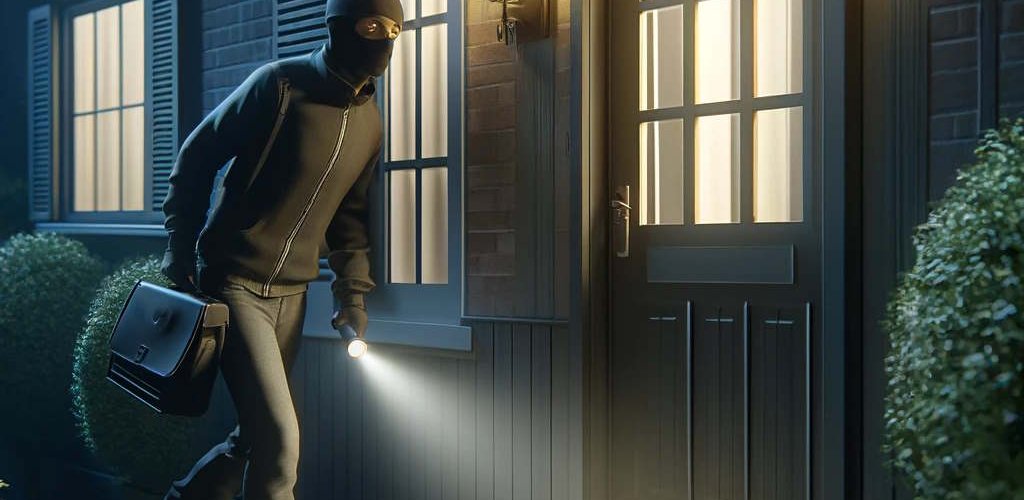
The Use of Force in England: Legal Framework and Practical Examples
- Posted by Phoenix
Legal Framework for the Use of Force
In England, the use of force by individuals, including close protection officers (CPOs) and ordinary citizens, is governed by several key pieces of legislation. The primary laws include the Criminal Law Act 1967, the Police and Criminal Evidence Act 1984, and the common law principle of self-defense. The fundamental concept underlying these laws is that any use of force must be “reasonable” and “proportionate” to the threat faced.
Key Legislation and Principles
| Legislation/Principle | Description |
|---|---|
| Criminal Law Act 1967 | Allows individuals to use reasonable force to prevent crime or effect a lawful arrest. |
| Self-Defense Under Common Law | Permits the use of reasonable force to defend oneself or others from attack, prevent a crime, or lawfully arrest someone. |
| Police and Criminal Evidence Act 1984 (PACE) | Provides guidelines on the use of force by police officers, extending some principles to security personnel and private citizens. |
| Crime and Courts Act 2013 (Householder Defense) | Grants householders greater leeway to use disproportionate force in self-defense during home invasions. |
Principles of Reasonable and Proportionate Force
- Reasonableness: The force used must be necessary to prevent harm.
- Proportionality: The level of force must be appropriate to the threat faced.
Examples of Use of Force for Security Staff in the Workplace
Example 1: Physical Assault Prevention
Scenario: A CPO is protecting a high-profile client at a public event. An individual aggressively approaches the client with a knife.
Action: The CPO tackles the assailant and uses physical restraint techniques to disarm them.
Legal Justification: Reasonable force under the Criminal Law Act 1967 to prevent a serious crime (attempted stabbing) and protect the client’s life.
Example 2: Theft Deterrence
Scenario: A security guard in a retail store intercepts a shoplifter who becomes aggressive.
Action: The guard uses handcuffs to restrain the thief until the police arrive.
Legal Justification: Reasonable and proportionate force to prevent theft and ensure safety.
Example 3: Crowd Control
Scenario: During a concert, a security team manages an unruly crowd pushing towards the stage.
Action: Security uses shields and physical barriers, and physically removes a violent individual.
Legal Justification: Necessary and reasonable force to maintain safety and order.
Use of Force at Home and in Public for Ordinary Citizens
Self-Defense at Home (Householder Cases)
Under the Crime and Courts Act 2013, which amended the self-defense laws, householders are given greater leeway in the use of force against intruders. The law allows householders to use disproportionate force if it is deemed necessary for self-defense in the heat of the moment, as long as it is not grossly disproportionate. However, the use of an object like a bat must be incidental, meaning it should not be prepared or kept specifically as a weapon.
| Scenario | Action | Legal Justification |
|---|---|---|
| Home Invasion | Homeowner strikes an intruder with a vase in panic. | Disproportionate force allowed under householder defense provisions. |
In public, the use of force by ordinary citizens is more restricted. The force must be reasonable and proportionate to the threat. Unlike householders, individuals in public do not have the same latitude for using disproportionate force.
| Scenario | Action | Legal Justification |
|---|---|---|
| Street Assault | Victim uses physical force to repel a mugger. | Reasonable and proportionate force to prevent harm. |
Comparison of Use of Force in Different Contexts
| Context | Legislation | Force Allowed | Example Scenario | Proportionality Requirement |
|---|---|---|---|---|
| Workplace (Security Staff) | Criminal Law Act 1967, PACE | Reasonable force | Disarming an armed attacker | Yes |
| Home (Householders) | Crime and Courts Act 2013 | Disproportionate (if necessary) | Striking an intruder with a household object | Not grossly disproportionate |
| Public (Ordinary Citizens) | Common Law | Reasonable force | Using physical force against a mugger | Yes |
Practical Considerations
Factors Affecting Reasonableness and Proportionality
- Severity of the Threat: More severe threats justify higher levels of force.
- Necessity: Force must be necessary to prevent harm.
- Minimum Required Force: Only the minimum force required to handle the situation should be used.
Aftermath and Legal Scrutiny
- Incident Reporting: Report incidents to the authorities promptly.
- Detailed Account: Provide a detailed account of the circumstances.
- Justification: Be prepared to justify the use of force as reasonable and necessary.
Summary
In conclusion, the legal framework in England for the use of force by security staff and ordinary citizens emphasises reasonableness and proportionality. Whether in the workplace, at home, or in public, the force used must align with the threat level and circumstances. Understanding these principles and their practical application ensures that the use of force is legally defensible.
By adhering to these guidelines, security professionals and citizens can effectively protect themselves and others while staying within the bounds of the law.








